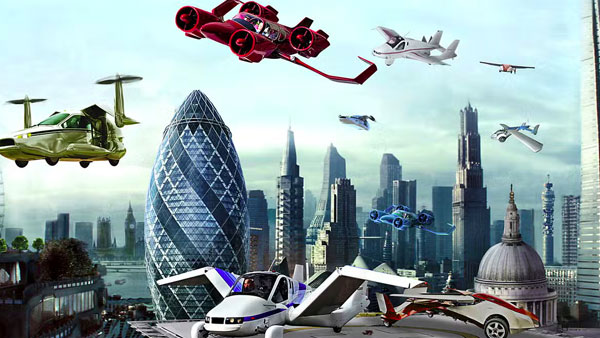
Exploring Sci-Fi Predictions
of Telecommunication Technologies
Science fiction has long been a source of inspiration and imagination when it comes to envisioning future technologies. Over the years, various sci-fi authors, filmmakers, and visionaries have depicted captivating telecommunication technologies that seemed far-fetched at the time but have gradually become a reality. In this blog post, we will embark on a journey through the realm of science fiction and explore some fascinating predictions of telecommunication technologies that have shaped our present and may influence our future.
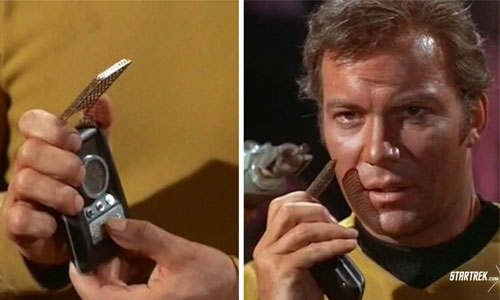
Video Calling:
Star Trek's Communicator
Before video calling became commonplace, the iconic TV series Star Trek showcased a handheld device called the Communicator. This portable device allowed crew members to communicate with each other across vast distances, featuring a visual component that foreshadowed the future of video calling and conferencing.
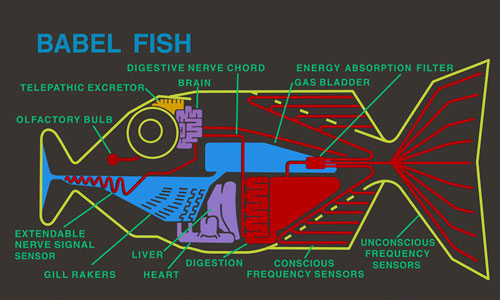
Real-Time Translation: The Hitchhiker's Guide to the Galaxy's Babel Fish
In Douglas Adams' renowned book series, The Hitchhiker's Guide to the Galaxy, a creature called the Babel Fish is introduced. When inserted into the ear, it allows instant translation of any spoken language, enabling seamless communication between different species. Today, real-time translation technologies like Google Translate have brought us closer to this sci-fi concept.
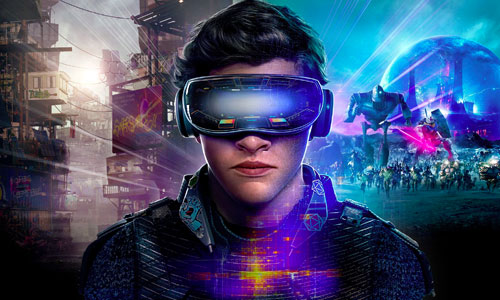
Virtual Reality Communication:
Ready Player One's OASIS
In Ernest Cline's novel Ready Player One, the virtual world called the OASIS acts as a platform for communication, gaming, and social interaction. Within the OASIS, users can engage in immersive virtual reality experiences, attend virtual meetings, and interact with others in a simulated environment. As virtual reality technology progresses, we move closer to realising this vision.
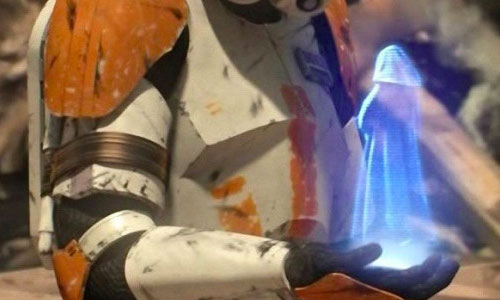
Holographic Displays: Star Wars' Holo-communicators
Star Wars introduced the concept of holographic communication through devices like the Holo-communicator. Characters in the franchise could have conversations with holographic projections of each other, creating a sense of presence and immersion. Today, we are seeing the development of holographic displays and telepresence technologies, bringing us closer to this sci-fi idea.
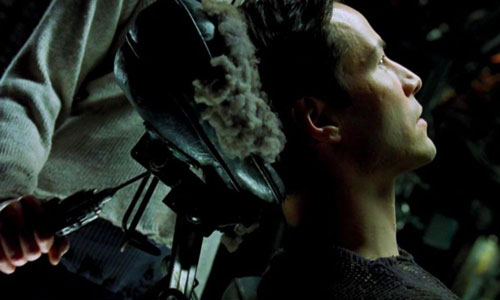
Neural Interfaces: The Matrix's Brain-Computer Interfaces
The Matrix trilogy depicted a future where humans could connect their minds directly to computers, enabling instantaneous communication and data transfer. While we are still far from such advanced neural interfaces, recent developments in brain-computer interfaces (BCIs) show promising potential for telepathic-like communication and mind-controlled devices.
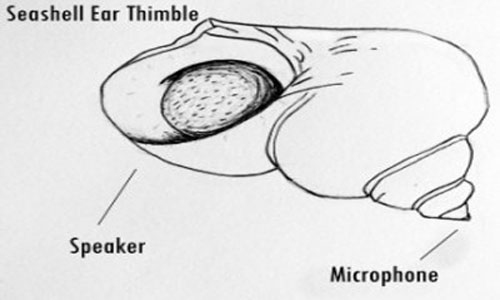
Personal Communication Devices: Ray Bradbury's Earbuds in Fahrenheit 451
In Ray Bradbury's dystopian novel Fahrenheit 451, characters wore tiny seashell radio devices in their ears called "thimble radios" or "seashell ear thimbles." These devices allowed them to listen to music or receive broadcasts privately. Today, we have compact earbuds and wireless headphones that offer similar functionality, emphasising the author's foresight.
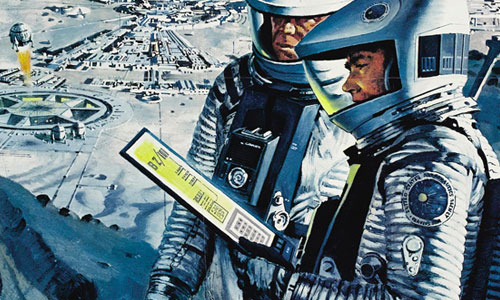
Instant Messaging: Arthur C. Clarke's Newspad in 2001: A Space Odyssey
In Arthur C. Clarke's novel 2001: A Space Odyssey, a device called the Newspad was described, allowing users to receive news updates, read books, and communicate with each other electronically. This bears a striking resemblance to the concept of instant messaging and electronic tablets that we have today.
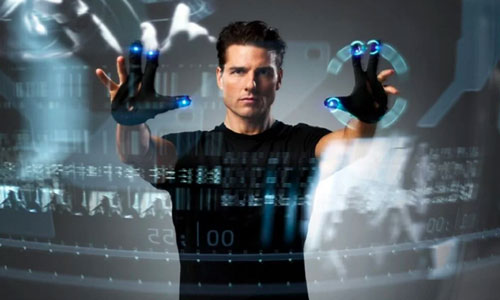
Augmented Reality Communication: Minority Report's Gesture-Based Interfaces
The film Minority Report showcased a future where characters interacted with holographic screens and manipulated information through hand gestures. While not specifically focused on communication, the film's depiction of intuitive augmented reality interfaces hints at the potential for immersive and gesture-based communication experiences.
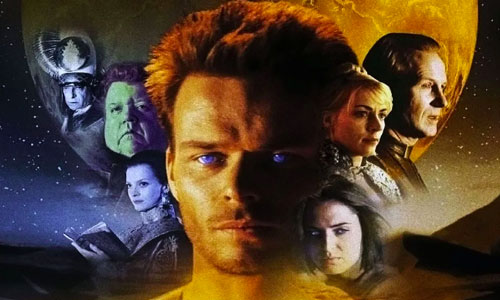
Telepathic Communication:
Frank Herbert's Dune
In Frank Herbert's science fiction novel Dune, certain characters possess telepathic abilities through their exposure to a drug called the spice. These abilities allow them to communicate with each other through their minds, transcending the limitations of verbal communication. While telepathic communication remains firmly in the realm of fiction, ongoing research in fields like brain-computer interfaces and neuro-technologies could potentially unlock new ways of communicating non-verbally in the future.
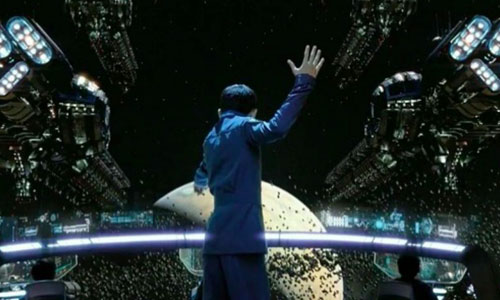
Global Communication Network:
Orson Scott Card's Ender's Game
In Orson Scott Card's Ender's Game, a global communication network called the "Ansible" is depicted. The Ansible enables instantaneous communication across vast distances, overcoming the limitations of the speed of light. While we are still bound by the constraints of physics, efforts such as satellite communication systems and advancements in high-speed internet connectivity have brought us closer to a globally interconnected network that facilitates near-instantaneous communication.
Science fiction has often served as a source of inspiration and foresight for future technological advancements, including telecommunication technologies. From video calling and real-time translation to virtual reality communication and holographic displays, the imaginative concepts portrayed in science fiction have gradually found their way into our reality. While some of these ideas still remain in the realm of fiction or are in early stages of development, they fuel our imagination and influence the ongoing innovation in the field of telecommunications. As we continue to push the boundaries of technology, who knows what other sci-fi predictions may come true, shaping the way we communicate and connect in the years to come.

